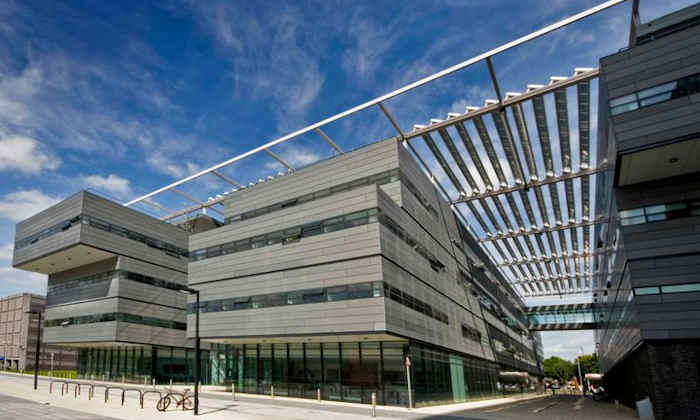Manchester’s latest atomic discovery
03 Jan 2017
Another world first from the University that split the atom

In 1917, Ernest Rutherford changed the world when he split the atom at The University of Manchester - a breakthrough which resulted in the development of nuclear power, as well as cancer-fighting radiotherapy. Now, scientists from the University have made another atomic discovery which has the potential to have a positive impact on people around the world.
Researchers have used a technique known as pulsed electron paramagnetic resonance (EPR) to measure the effect of ‘covalency’, the extent to which electrons are shared between the elements.
This new knowledge could lead to the development of actinide chemistry – one of the main branches of nuclear chemistry – and have an impact in the separation and recycling of nuclear waste, which could be extremely significant as more nuclear power stations are built in the light of the decrease in availability of fossil fuels.
The research, published in the Nature Chemistry journal, was led by David Mills, Floriana Tuna and Eric McInnes from the School of Chemistry, and was undertaken at the University’s state-of-the-art Photon Science Institute.
The researchers are the first in the world to use pulsed EPR technology to measure covalency in actinide bonding.
“Now that we have proven that is possible to measure actinide covalency by pulsed EPR spectroscopy, I am very excited about the multiple avenues of research that we can now pursue,” said David Mills. “We will be able to gain insights and challenge assumptions about f-elements – the area of the periodic table where our understanding currently lags behind that of other elements.”
